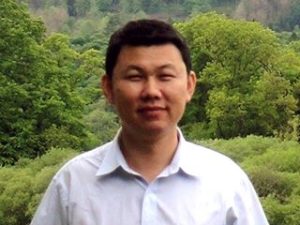Every month we update our Recent Reviews collection. This rolling collection showcases all of the review articles published in RSC Advances in the last 6 months. Don’t forget to come back next month to check out our latest reviews.
We hope you enjoy reading and as always, all of our articles are open access so you can easily share your favourites online and with your colleagues.
Check out the full collection!
Browse a selection of our September reviews below:
Regio- and stereoselective intermolecular carbolithiation reactions
G. Marsico, P. Scafato, S. Belviso and S. Superchi
RSC Adv., 2020, 10, 32581-32601
DOI: 10.1039/D0RA06101H
One-pot construction of carbohydrate scaffolds mediated by metal catalysts
Mana Mohan Mukherjee, Sajal Kumar Maity and Rina Ghosh
RSC Adv., 2020, 10, 32450-32475
DOI: 10.1039/D0RA05355D
Recent progress to construct calixarene-based polymers using covalent bonds: synthesis and applications
Reza Zadmard, Fahimeh Hokmabadi, Mohammad Reza Jalali and Ali Akbarzadeh
RSC Adv., 2020, 10, 32690-32722
DOI: 10.1039/D0RA05707J
Recent progress in porphyrin- and phthalocyanine-containing perovskite solar cells
Yutaka Matsuo, Keisuke Ogumi, Il Jeon, Huan Wang and Takafumi Nakagawa
RSC Adv., 2020, 10, 32678-32689
DOI: 10.1039/D0RA03234D
Furo[3,2-c]coumarins carrying carbon substituents at C-2 and/or C-3. Isolation, biological activity, synthesis and reaction mechanisms
Iván Cortés, L. Javier Cala, Andrea B. J. Bracca and Teodoro S. Kaufman
RSC Adv., 2020, 10, 33344-33377
DOI: 10.1039/D0RA06930B
Graphitic carbon nitride nanotubes: a new material for emerging applications
Oleksandr Stroyuk, Oleksandra Raievska and Dietrich R. T. Zahn
RSC Adv., 2020, 10, 34059-34087
DOI: 10.1039/D0RA05580H
In vivo and in vitro studies of antisense oligonucleotides – a review
Anna Kilanowska and Sylwia Studzińska
RSC Adv., 2020, 10, 34501-34516
DOI: 10.1039/D0RA04978F
 Submit to RSC Advances today! Check out our author guidelines for information on our article types or find out more about the advantages of publishing in a Royal Society of Chemistry journal.
Submit to RSC Advances today! Check out our author guidelines for information on our article types or find out more about the advantages of publishing in a Royal Society of Chemistry journal.
Keep up to date with our latest HOT articles, Reviews, Collections & more by following us on Twitter. You can also keep informed by signing up to our E-Alerts.












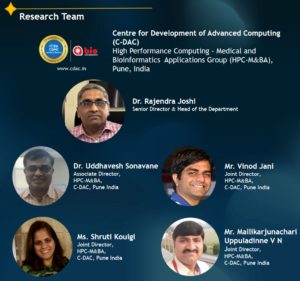

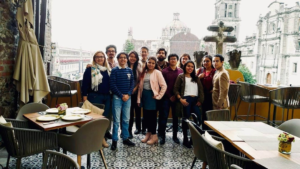

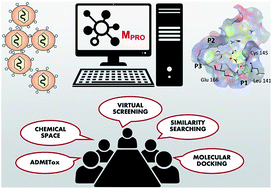
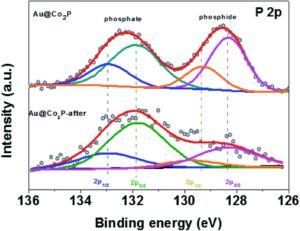
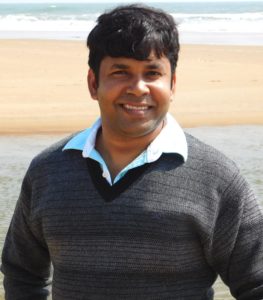
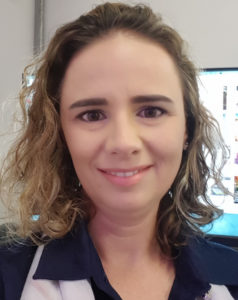
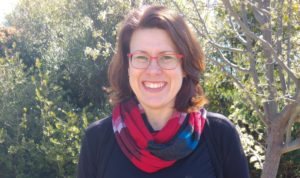 Megan O’Mara grew up in regional Queensland, Australia and is currently an Associate Professor at the Research School of Chemistry, Australian National University, Canberra, Australia. She was awarded her PhD (Physical Sciences) in 2005 from the Australian National University before undertaking postdoctoral training at the University of Calgary (Canada, Canadian Institutes of Health Research postdoctoral fellow) and at the University of Queensland (University of Queensland Postdoctoral Fellowship).
Megan O’Mara grew up in regional Queensland, Australia and is currently an Associate Professor at the Research School of Chemistry, Australian National University, Canberra, Australia. She was awarded her PhD (Physical Sciences) in 2005 from the Australian National University before undertaking postdoctoral training at the University of Calgary (Canada, Canadian Institutes of Health Research postdoctoral fellow) and at the University of Queensland (University of Queensland Postdoctoral Fellowship).